NASA Satellite Photo Reveals Popular Californian Lake is Turning Toxic
On May 15, NASA’s Landsat 9 satellite captured a striking image of Clear Lake in Northern California. The lake’s vibrant green hue, visible from space, unveiled a surprising and massive green growth, a phenomenon not seen before.
This photo, shared on NASA’s Earth Observatory blog on May 29, suggests that an algae bloom may be responsible for the vivid discoloration observed.
The Oldest Lake in North America
Clear Lake, situated about 120 miles north of San Francisco, is the oldest lake in North America. Estimates suggest it could be approximately 500,000 years old.
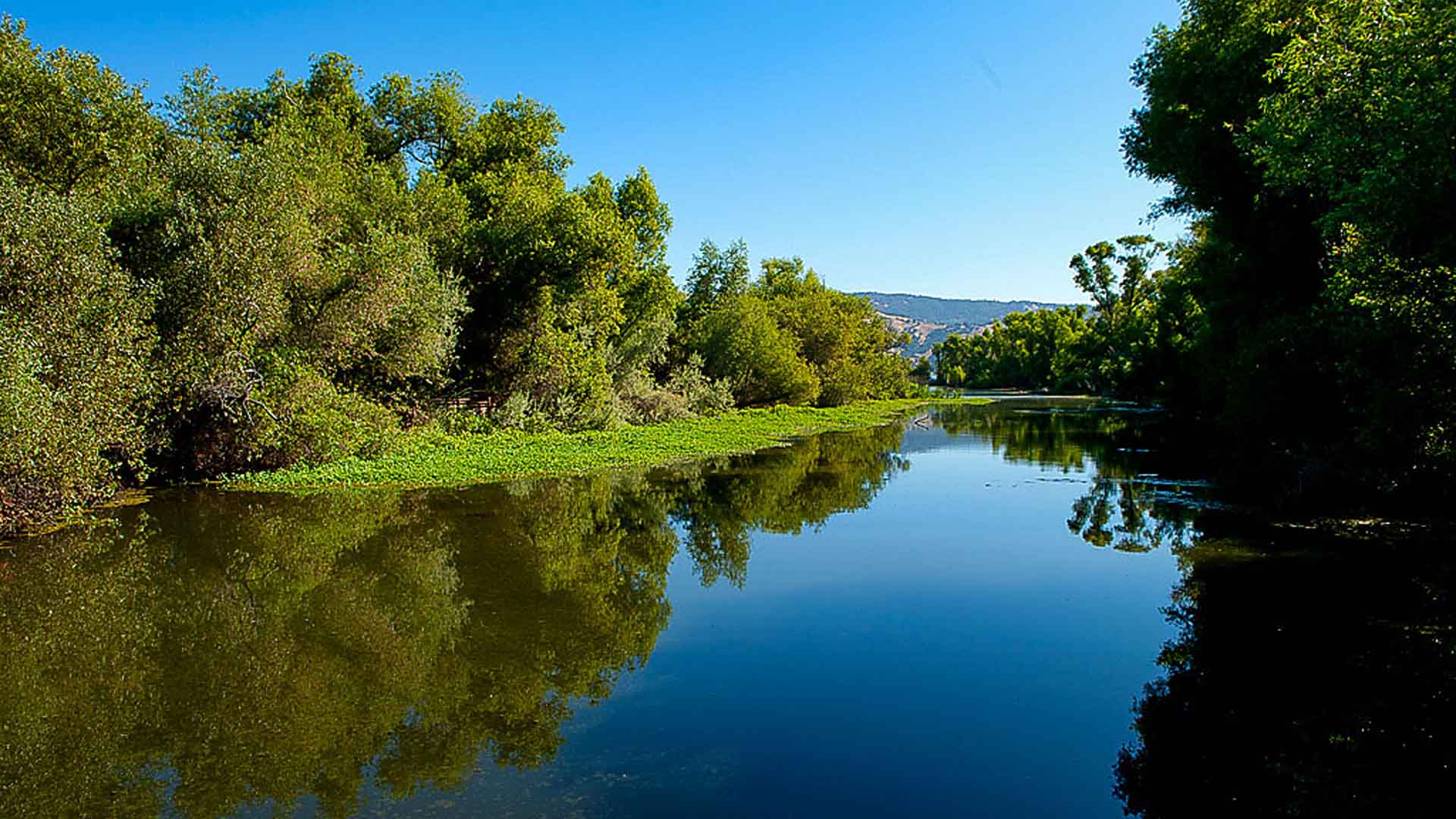
Source: California State Parks
The lake, which covers 68 square miles, is tiny in comparison to other larger bodies of water in the nation. However, it plays an integral role in the health of the surrounding landscape and wildlife.
Clear Lake Supports Ecosystem
Clear Lake supports a diverse ecosystem, including numerous bird species, such as pelicans and bald eagles, and plays an integral role in keeping their population numbers high.

Source: BazzaDaRambler/Wikimedia
The lake’s rich history and ecological significance make it a vital natural resource in the region, as well as a popular tourist destination.
Algae Blooms: A Frequent Visitor
Clear Lake frequently experiences significant algae blooms due to its warm, shallow waters, which provide an ideal breeding ground for algae.
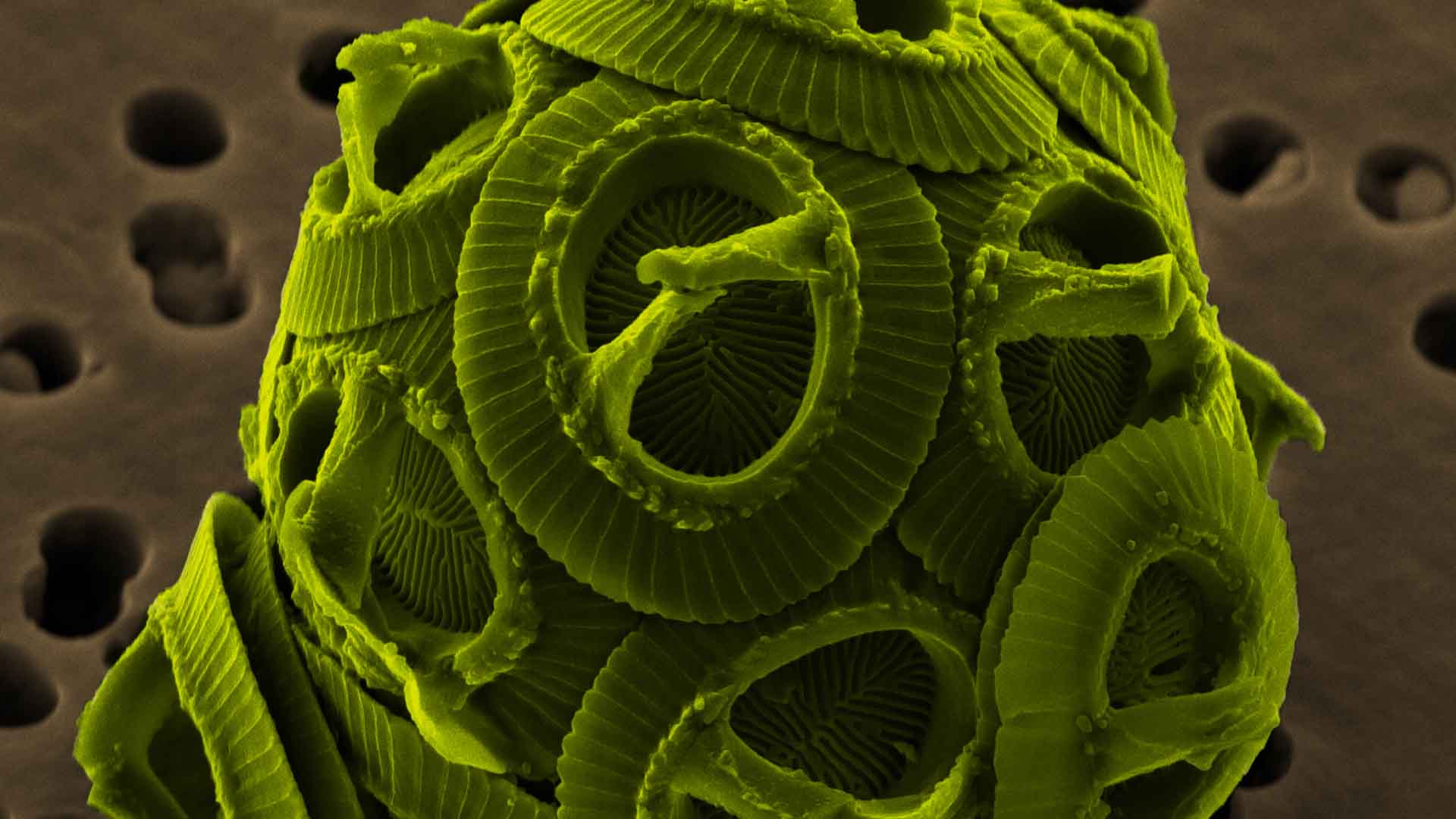
Source: NEON ja/Wikipedia
These blooms are not new; the lake has long been plagued by such occurrences, raising both environmental and health concerns for the local community and wildlife enthusiasts.
The Role of Cyanobacteria
The bright green hue observed in Clear Lake is primarily caused by cyanobacteria, or blue-green algae.
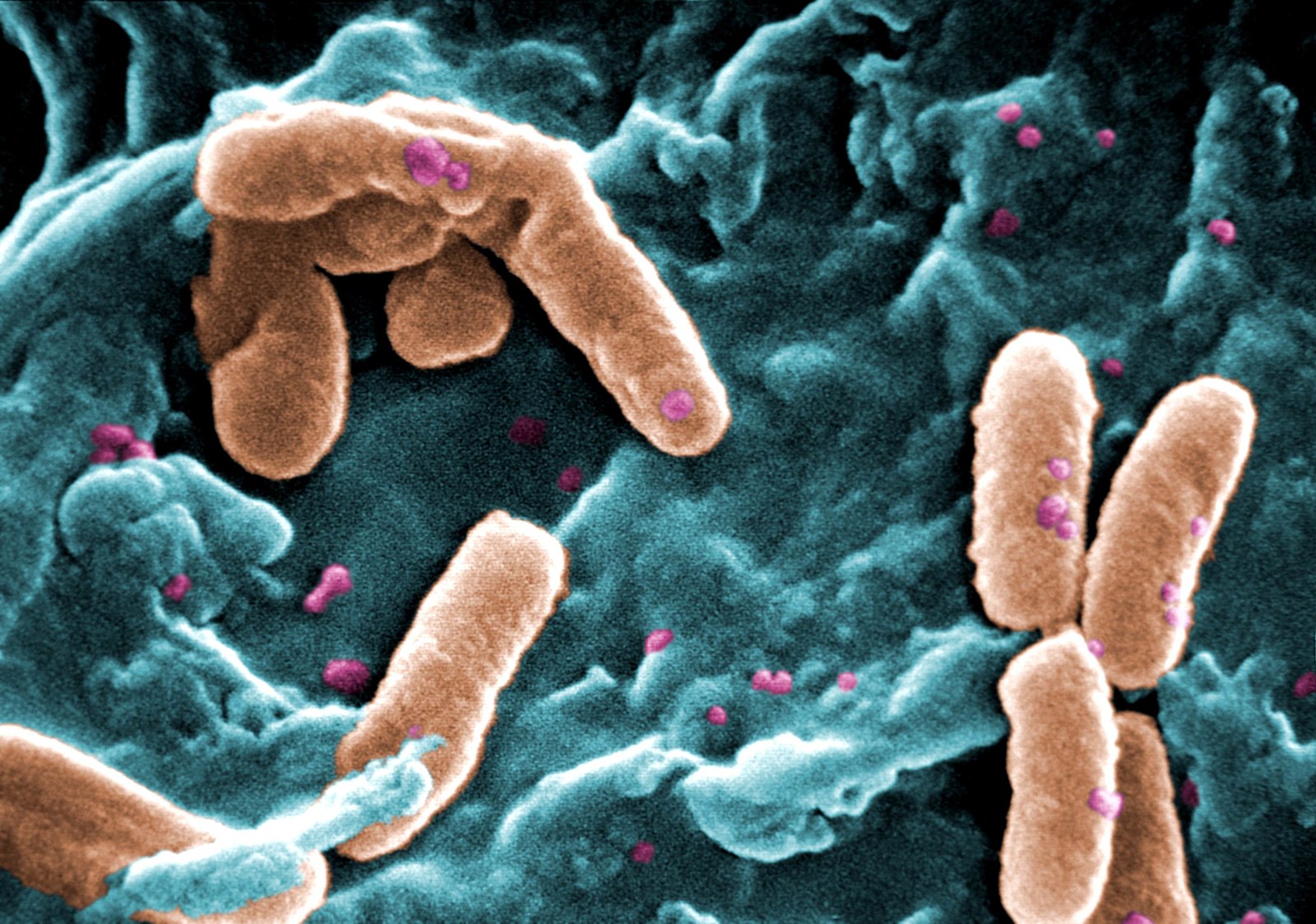
Janice Carr/Wikimedia Commons
NASA suggests that the bloom likely includes cyanobacteria along with other types of phytoplankton, contributing to the lake’s striking coloration from space.
The Nutrient Boom
Excess nutrients, such as phosphorus and nitrogen, from agricultural runoff and other human activities, lead to harmful algal blooms (HABs).

Source: Freepik
Ian Hendy from the University of Portsmouth notes that these nutrients create a boom-or-bust scenario, allowing blue-green algae to proliferate and utilize all available dissolved oxygen, thereby affecting the lake’s ecosystem.
Dangerous Toxins
Some algae in Clear Lake produce toxins like microcystin, which pose serious health risks to humans and wildlife. Microcystin can be quite harmful, causing everything from skin irritation to liver damage, and even leading to kidney failure if ingested.

Source: Freepik
According to NASA, only direct sampling can determine the exact composition and potential toxicity of the bloom, highlighting the importance of ongoing monitoring.
NASA Blame Farms and Mines
While its well-known farms, septic systems, and mines can negatively affect large bodies of water that lie in close proximity to them, NASA believes this has exacerbated the decay of the lake’s water.

Source: Freepik
“Runoff from nearby farms, vineyards, faulty septic systems, gravel mines, and an abandoned open-pit mercury mine contributes to water quality issues in the lake,” NASA wrote.
Impact on Aquatic Life
Algal blooms can significantly impact aquatic life by depleting dissolved oxygen levels in the water. This creates a hostile environment for fish and invertebrates, potentially leading to their asphyxiation.

Source: Freepik
Such conditions make it difficult for aquatic organisms to survive, posing a threat to Clear Lake’s diverse and thriving ecosystem.
Historical Context of Algae Blooms
Lake County officials note that blue-green algae blooms have been a part of Clear Lake’s natural history since the last ice age, around 10,000 years ago.
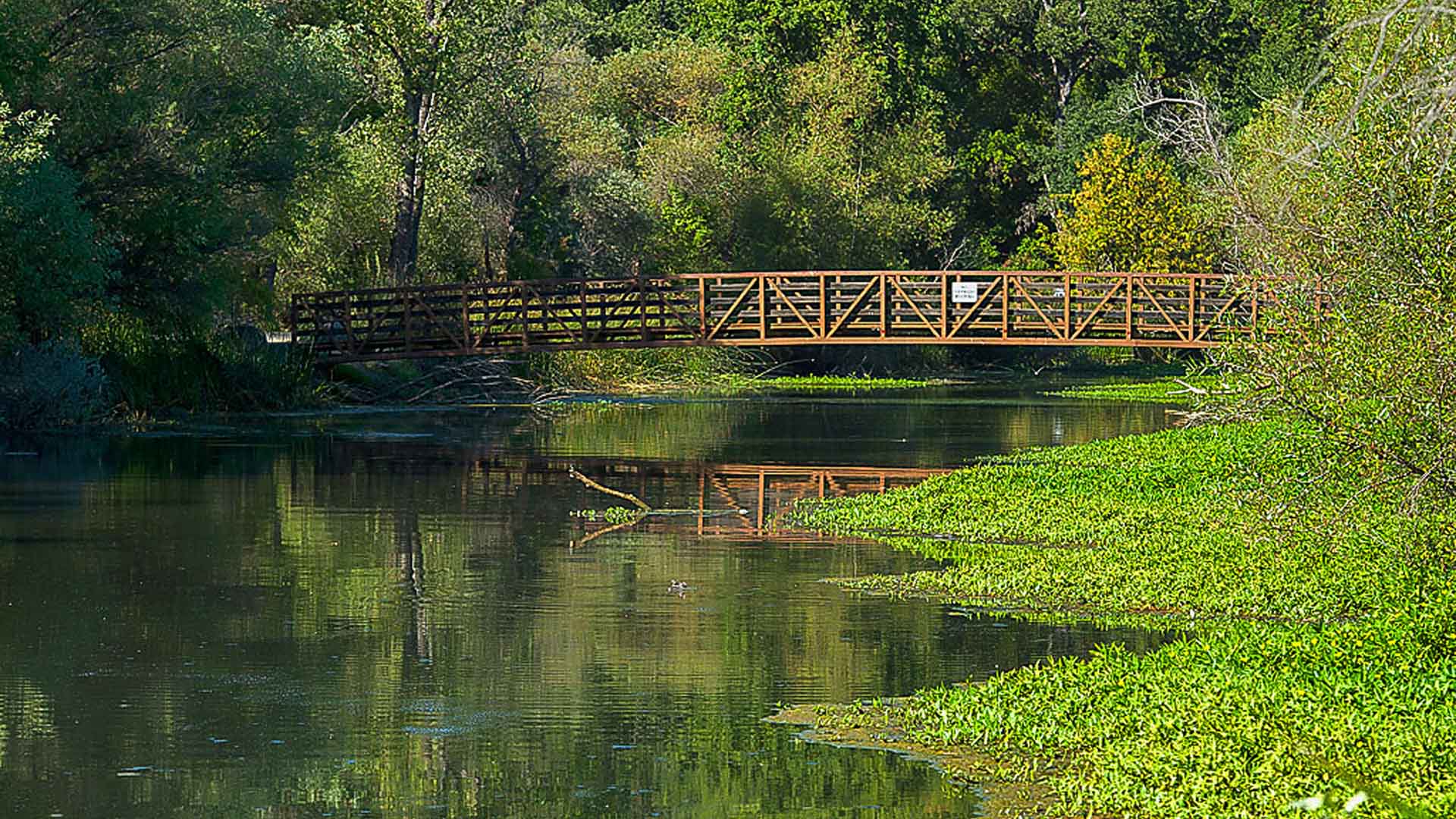
Source: California State Parks
While the algae are part of the natural food chain and contribute to the lake’s fertility, the blooms can also create significant problems, especially when they reach harmful levels.
Ecological and Recreational Concerns
Algal blooms in Clear Lake have significant ecological and recreational implications. Due to health risks, residents and tourists are often advised to avoid water activities such as swimming and fishing during blooms.

Source: lovz2hike/Flickr|CC BY-SA 2.0
The visual impact of the blooms also deters visitors, negatively affecting tourism and the local economy.
Warnings Issued For Locals and Tourists
Due to the potential dangers associated with cyanobacteria, County, tribal, and health officials have all urged those who decide to swim in California’s second-largest freshwater body to be extra vigilant.

Source: Freepik
They have strongly advised against consuming the water and urge anyone who begins to experience unusual symptoms to contact a health professional immediately.
Residents Urged to Switch to Bottled Water
Over 500 homes in the vicinity of Lake County draw water from Clear Lake. In light of the increased level of algae, officials have advised homeowners to fill up their water supply from stations in Kelseyville or Clear Lake in the meantime.

Source: Steve Johnson/Unsplash
Health officials also advised those living in the region to use bottled water as boiling or adding chemicals to tap water drawn from the lake will not kill the toxins.
Levels Are Better Than Last Year
According to Sarah Ryan, environmental director for the Big Valley Band of Pomo Indians Environmental Protection Department, the lake’s toxicity is close to an all-time high, but it has seen some improvement.
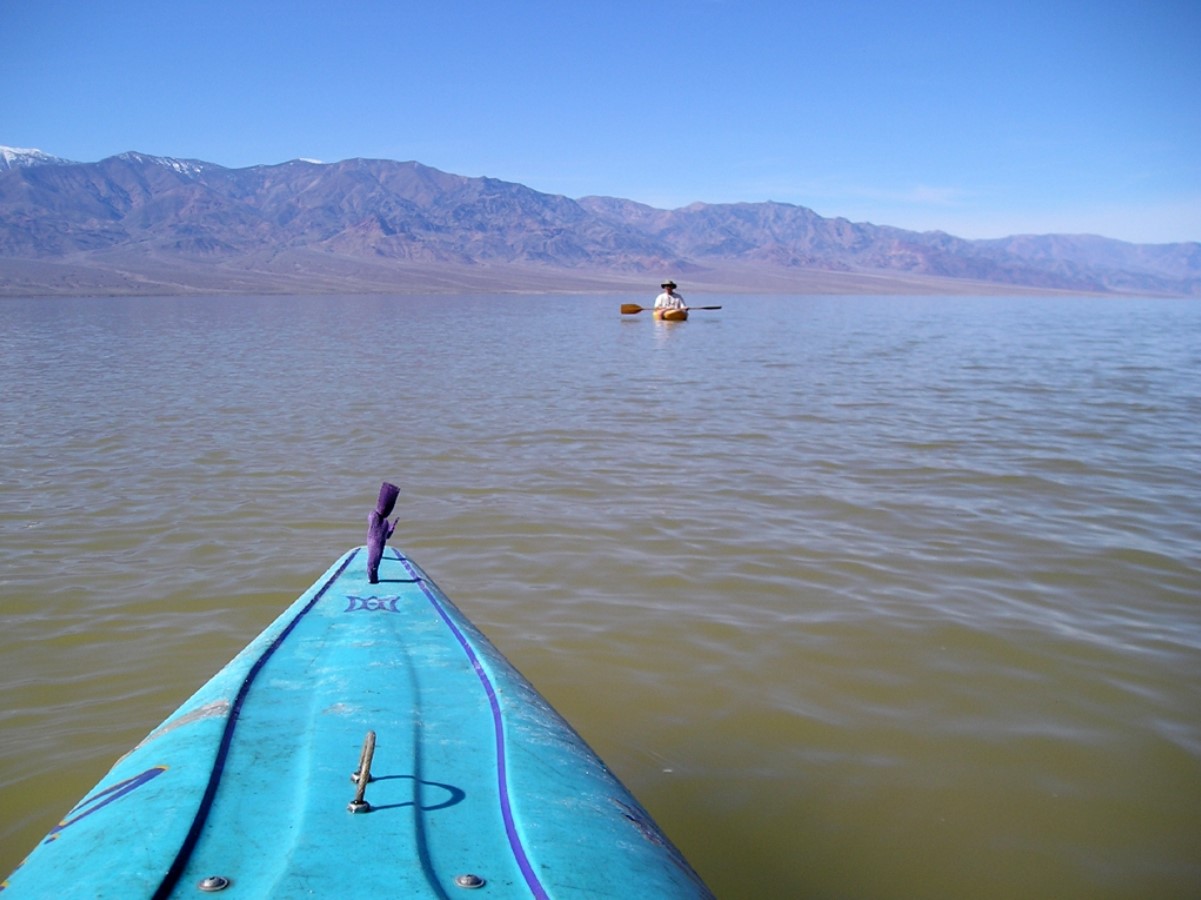
Source: Wikimedia
Ryan, whose group monitors the level of toxins and bacteria in the lake, claims the level of toxicity is slightly lower than it was during the same period last year.
Levels Are Approaching Last Years
Researchers who monitor the lake are still worried that Clear Lake may experience further outbreaks of algae, which could lower the toxicity level to the dangerous levels witnessed last year.

Source: NEON ja/Wikipedia
Speaking on the safety of residents, Ryan said. “We’re hoping that anyone who vacations here is doing their research.”
Residents Put Off By Terrible Stench
It appears officials such as Ryan need not worry, as according to locals living close to Clear Lake, the horrid stench of the algae is enough to keep most people out of the water.
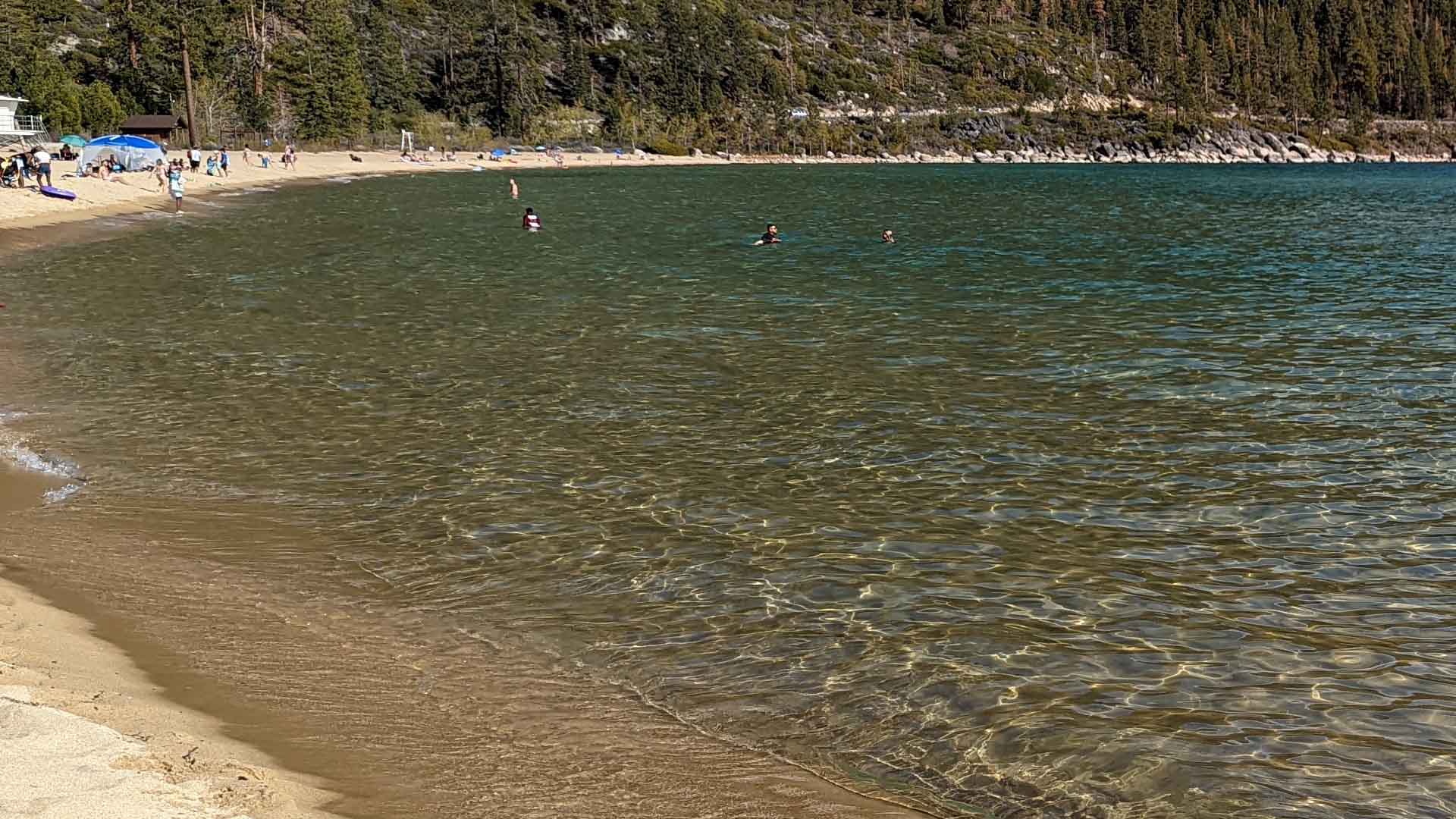
Source: Blake Everett Carroll/Wikimedia Commons
Dwight Coddington, a spokesperson for the county, believes that most of Lake County’s residents are well-informed on the matter and will stay away until the lake clears up.
Worried About Tourists
Coddington is worried about the tourists who have traveled to the region to stay in Airbnb and have not been informed about the dangers of the algae-ridden lake.

Source: Freepik
However, the county spokesperson is hopeful the smell will ward off tourists, writing, “It’s a horrible problem, and the smell is horrendous.” “Honestly, it’s like a dying buffalo.”
Persistent Issue
For two consecutive years, Clear Lake’s algae levels have become so toxic that residents are unable to use the water in their homes. However, this problem has remained persistent for several decades.

Source: Freepik
As far back as 2009, a flare-up of algae forced the county to cancel a fishing tournament and the increased toxicity of the water had a significant effect on local businesses.
Health Officials Blame Fertilizers
Health officials agree with NASA’s opinion that farming plays a significant role in increased toxicity. Fertilizers that run into the lake contain nutrients such as nitrogen and phosphorus, which have exacerbated the growth of the algae.
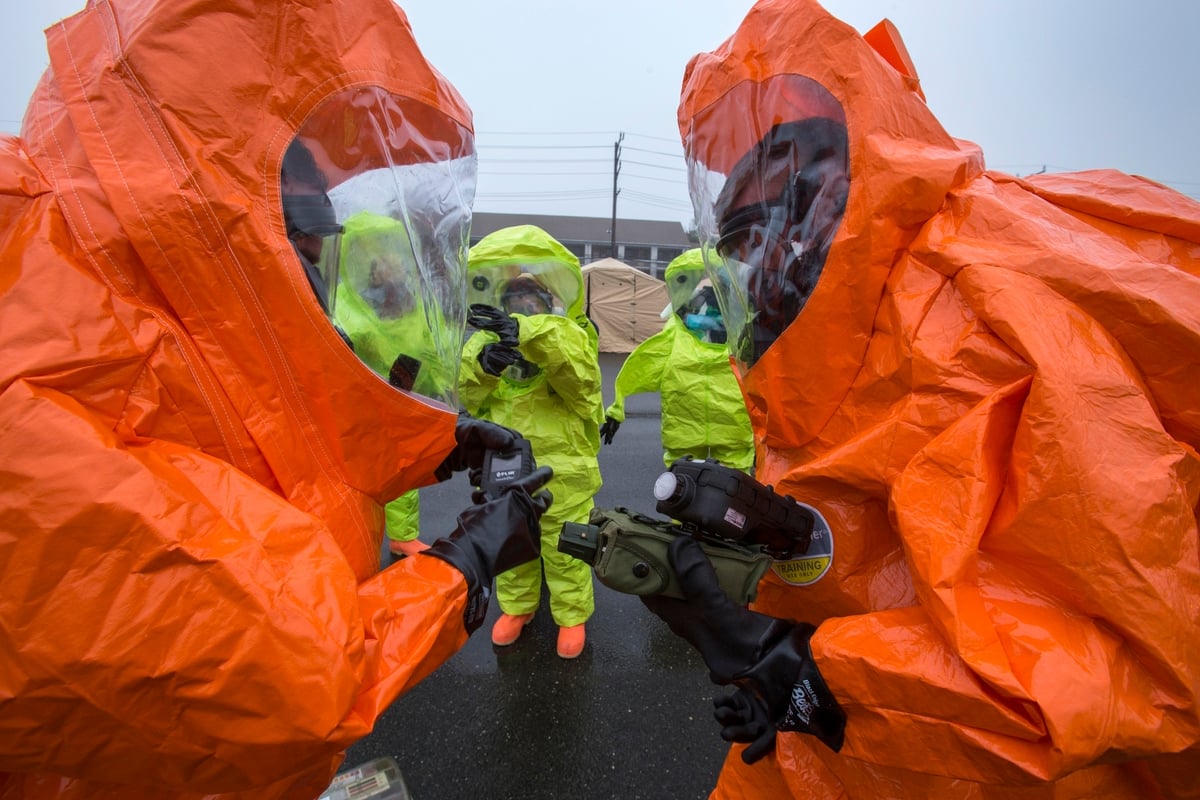
Source: National Guard of the United States
Couple this with the warmer temperatures and drought in the region, and it creates the perfect breeding ground for the Cyanobacteria.
A Broader Environmental Issue
Clear Lake’s challenges with algal blooms are not unique. Similar issues have been observed in other large bodies of water, such as Lake Winnipeg in Canada and Lake Okeechobee in Florida.
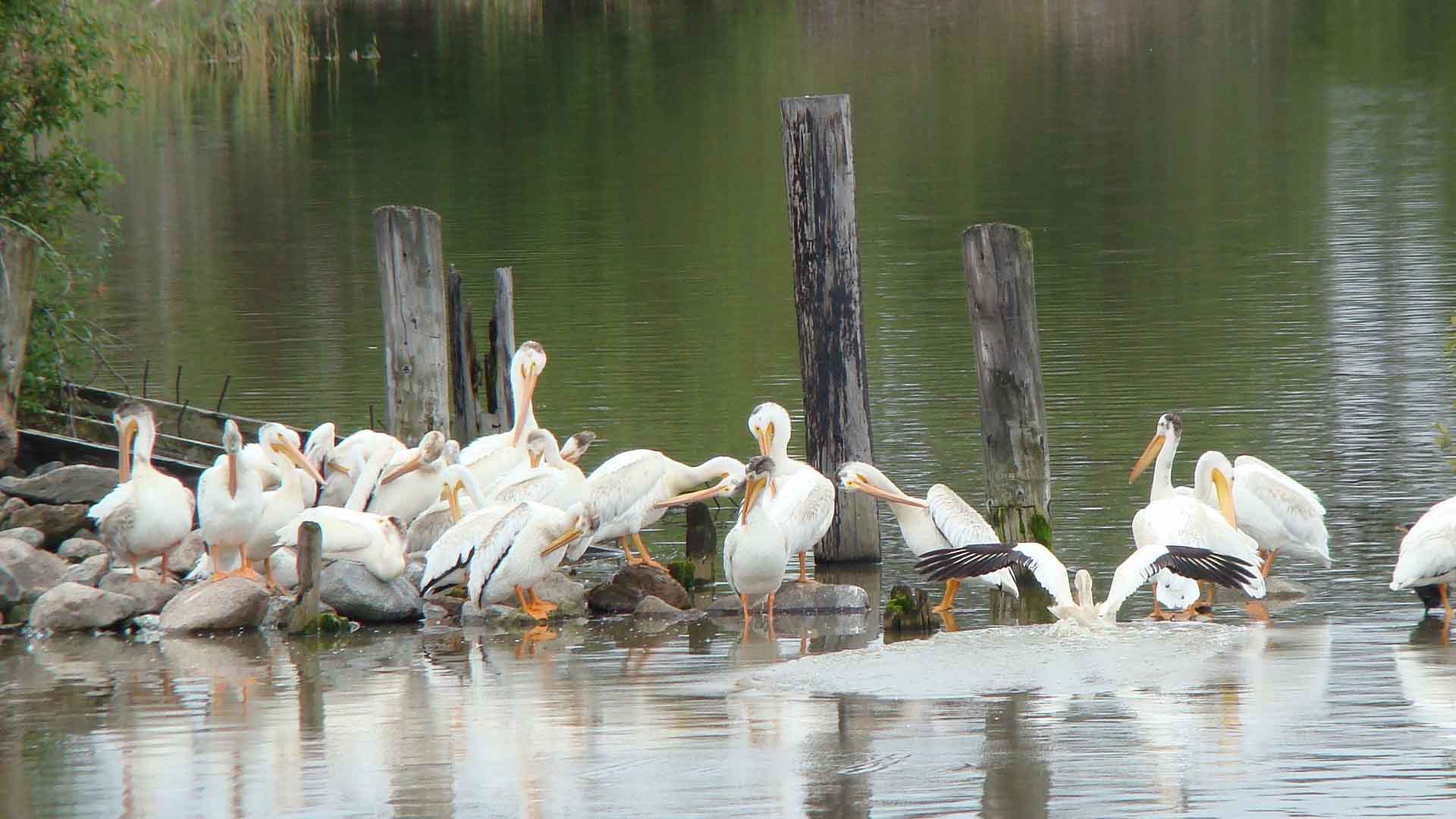
Source: Shahnoor Habib Munmun
These lakes also suffer from severe algal blooms due to a combination of warm temperatures and nutrient-rich runoff.
Over 70 Lakes Issue Warnings
Across the United States, around 70 rivers, lakes and reservoirs have been forced to issue cautions and warnings due to the overgrowth of harmful bacteria and algae this year.
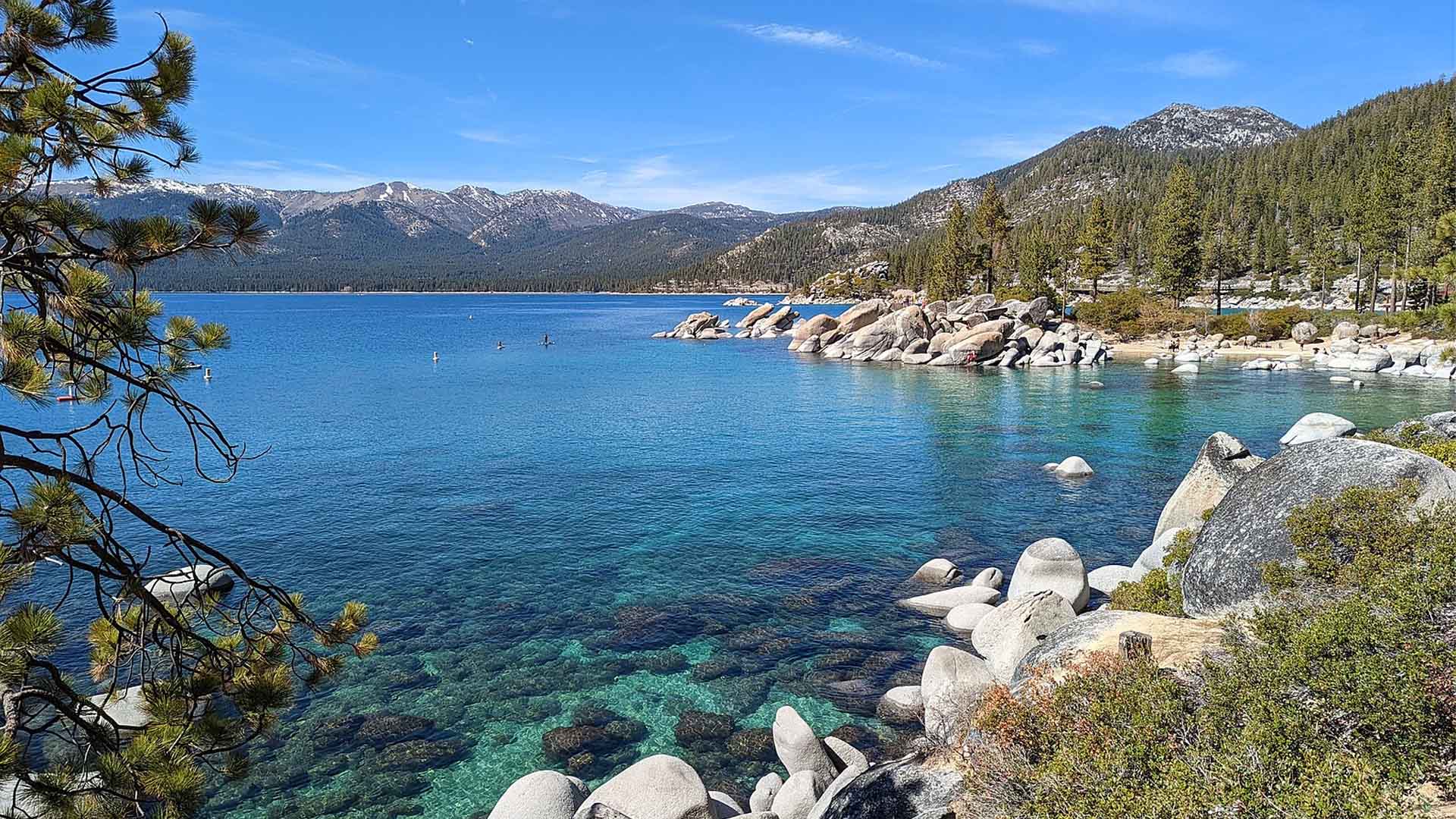
Source: Blake Everett Carroll/Wikimedia Commons
However, according to the San Francisco Chronicle, Clear Lake remains one of the worst affected regions, and the “toxic blooms’ impacts are far-reaching.
Future Projections
As climate change progresses and nutrient levels rise, the frequency and severity of algal blooms are expected to increase. This highlights the need for concerted efforts to protect water quality and public health.
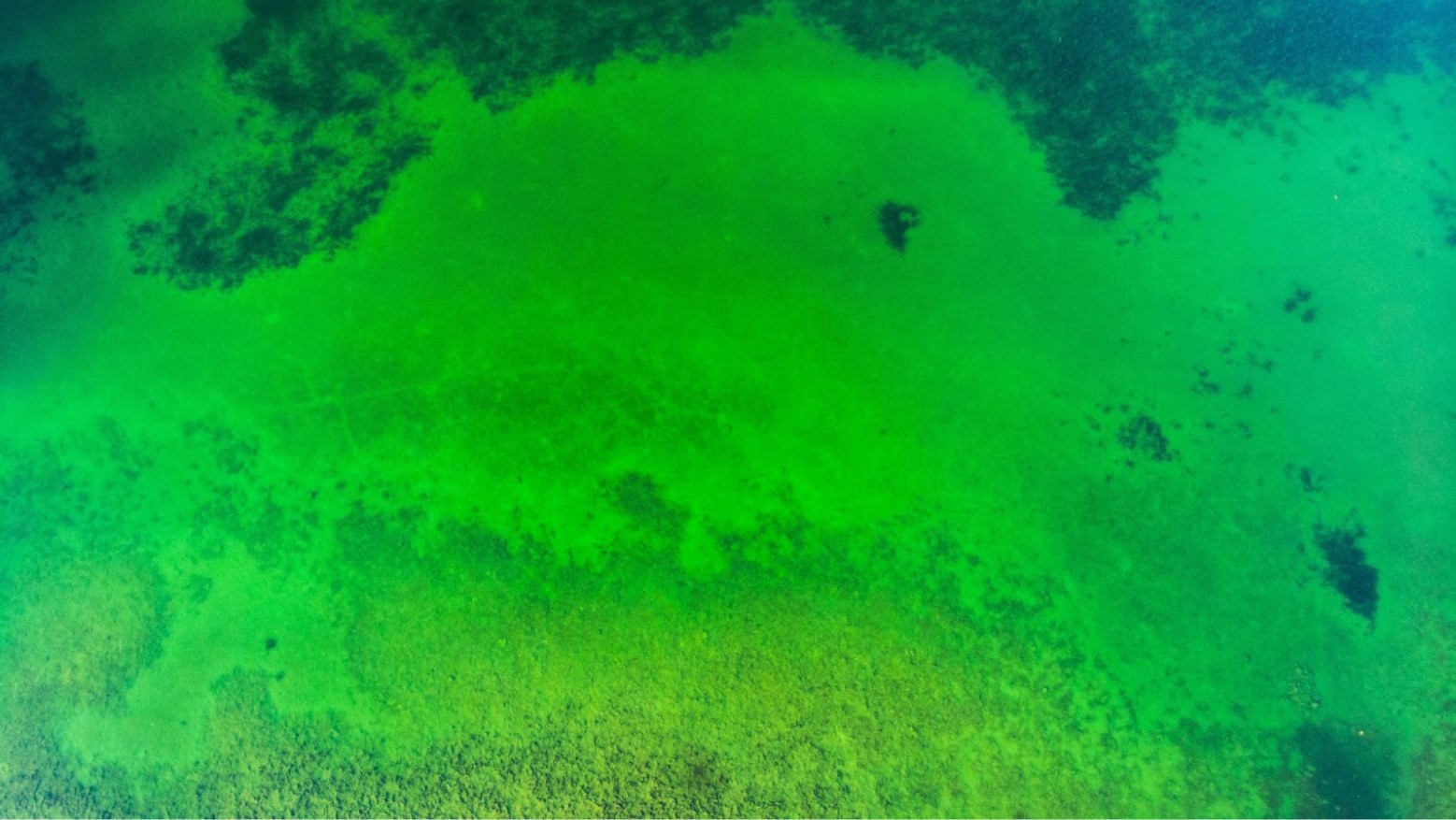
Source: Nicolo Calegari/Unsplash
Addressing nutrient pollution and implementing sustainable practices will be crucial in mitigating the impact of these blooms.
Taking Action
Efforts to mitigate algal blooms involve managing nutrient inputs from agricultural and urban sources, monitoring water quality, and raising public awareness about the potential health risks.

Source: Freepik
Efforts to mitigate algal blooms involve managing nutrient inputs from agricultural and urban sources, monitoring water quality, and raising public awareness about the potential health risks.
How To Stop Algae Blooms
Researchers from the University of Wisconsin-Madison Center for Limnology and scientists from several other universities have been working on ways to reduce the intensity at which the algae spreads.

Source: Freepik
According to the researchers, if nutrients such as nitrogen and phosphorus are halted, the algae growth declines. They continued, “If we acted on the predictors – so the predictors give us a signal that a bloom is coming – and we stop the nutrient input, we were able to prevent the bloom.”
